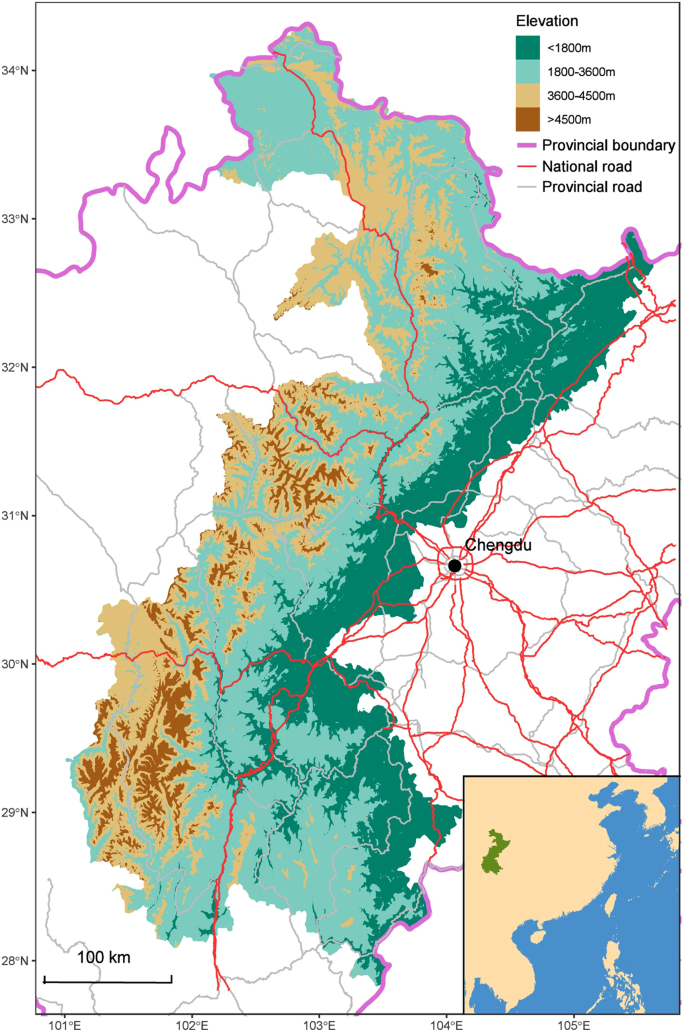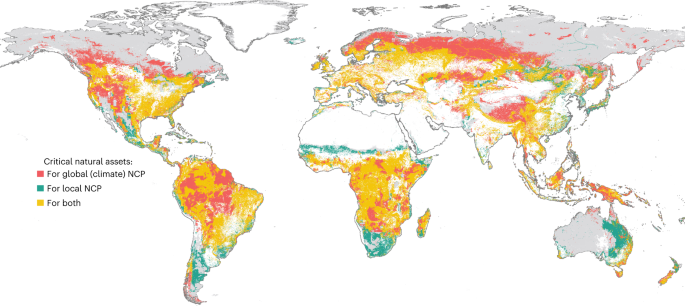
Abstract: "Threats to Antarctic biodiversity are escalating, despite its remoteness and protection under the Antarctic Treaty. Increasing human activity, pollution, biological invasions and the omnipresent impacts of climate change all contribute, and often combine, to exert pressure on Antarctic ecosystems and environments. Here we present a continent-wide assessment of terrestrial biodiversity protection in Antarctica. Despite Antarctic Specially Protected Areas covering less than 2% of Antarctica, 44% of species (including seabirds, plants, lichens and invertebrates) are found in one or more protected areas. However, protection is regionally uneven and biased towards easily detectable and charismatic species like seabirds. Systematic processes to prioritize area protection using the best available data will maximize the likelihood of ensuring long-term protection and conservation of Antarctic biodiversity."
Read More: https://www.nature.com/articles/s41467-019-08915-6


